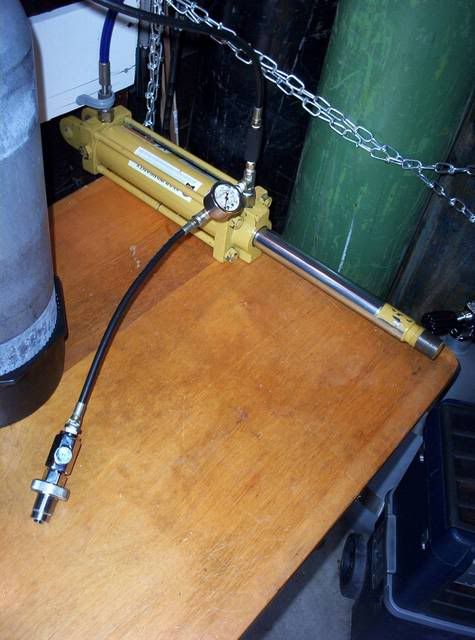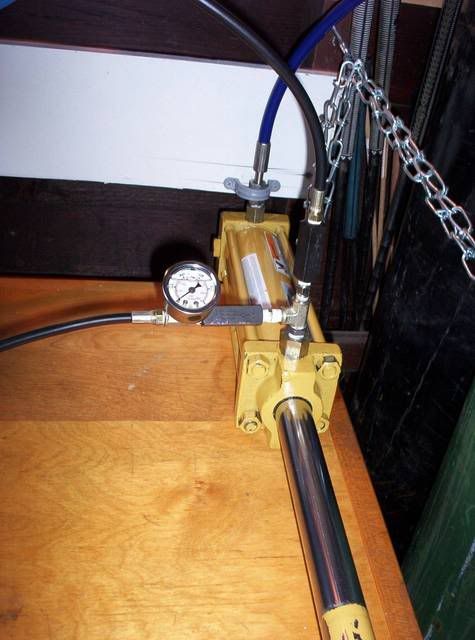As I said, I read it. I just spent a little time on google and could find no collaboration with this one websites claims. Seems to me if it was true, then other websites would be mentioning it.
"ARGON serves as a better insulator than air. By filling the dry suit with ARGON the diver replaces the thinner, more compressible air with
denser gas that does not compress nearly as much under a given pressure. This is a very advantageous concept for the dry suit diver. ARGON insulates better, but it also
is more resistent to compression as the diver goes deeper under the water. That means that the insulation provied by the undergarment is also more effective. The other advantage to using ARGON is that it requires
less venting and filling of the airspace inside the drysuit. As depth changes, ARGON is less effectd by those changes than regular air. As
the diver ascends, he/she does not need to vent as much to maintain neutral buoyancy. Similarly, as the diver descends, less ARGON is needed to maintain neutral buoyancy."
Steve's Scuba Argon Page
If it is misinformation, then please share "facts".
I have an argon tank attached to my TIG welder, but when traveling I will need fills from an LDS. Gonna have to invest in my own whip hose setup when I do start using argon instead of borrowing my friends whip :14:






